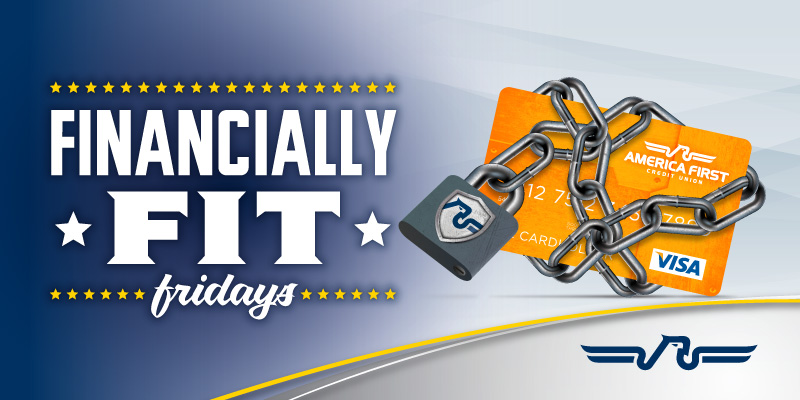Health savings accounts (HSAs) are dividend-earning accounts specifically designated to pay the costs of managing your healthcare. If you’re generally healthy and don’t need to visit the doctor very often, an HSA is a great way to limit your upfront expenses and save some money in the long run.
HSA vs. PPO
Many people have preferred provider organization (PPO) coverage because that’s the most traditional way. With a PPO, you are billed larger premiums by an insurance company whether you use the program or not.
Health savings accounts are relatively new and this unfamiliarity makes some people hesitant about them. However, they offer more control when it comes to health expenditures. Plus, the funds in your account are tax-deductible—or you can set up pre-tax contributions with your employer—and the dividends you accrue are also tax-free.
How do I open one?
To qualify, you must have a high-deductible health plan (HDHP). This may seem intimidating, but if you don’t normally spend a lot of money on medical care anyway, you’ll benefit from the lower premiums. After that, opening an HSA with America First is as easy as getting a regular savings account.
How do I utilize it?
Once it’s open, you’re responsible for the funding and making sure the money is used correctly. You’ll receive a debit card to pay for qualified medical expenses, which includes everything from doctor’s visits, eye exams and dental work, to insulin, wheelchairs and guide dogs. You’ll additionally need to track all your expenses and keep the receipts in case you’re ever audited.
Ownership
Unlike PPOs and flexible spending accounts, the money you put into an HSA is yours to keep. If you quit your job, retire or otherwise lose your HDHP coverage, you can still spend these funds on eligible medical costs. And, when you turn 65, you can do what you want with the account balance, which means it can eventually become part of your retirement fund.
America First health savings accounts come with no fees and no minimum-balance requirements. We also offer custom products to fit your needs, such as HSA checking and certificate options. You’ll get 24/7 access with free online & mobile banking, and, as always, you’ll benefit from the assistance and expertise of our member service team. Contact your employer or insurance provider today to see if they offer HSA-qualified high deductible plans.










